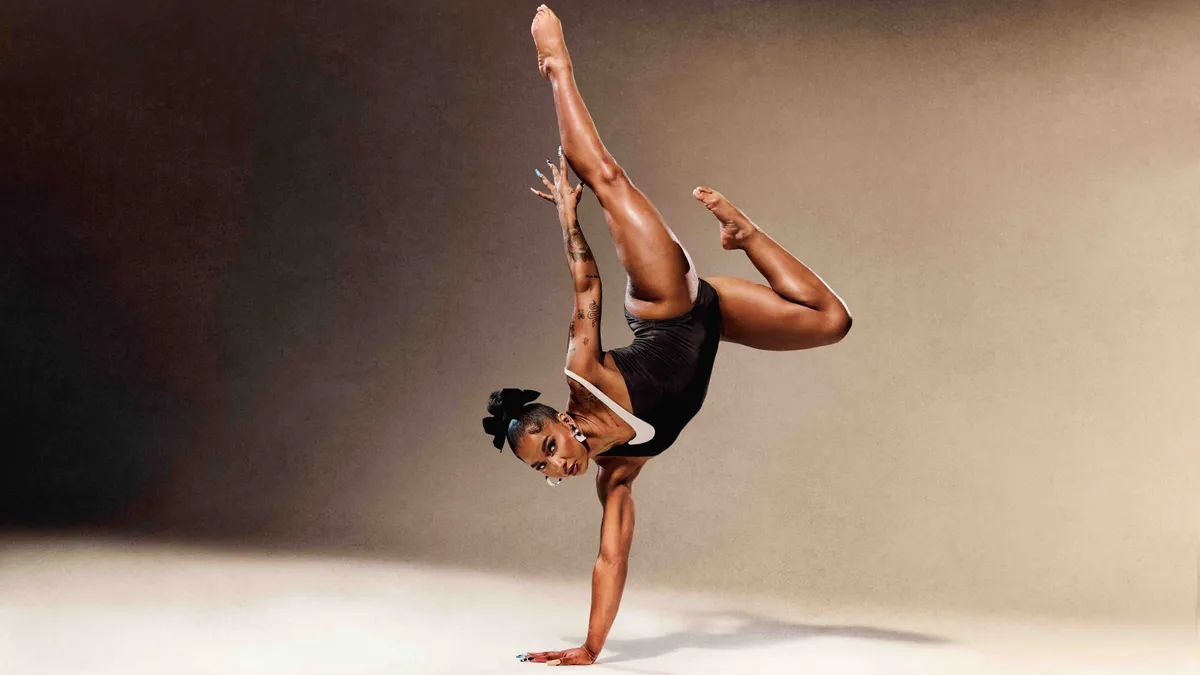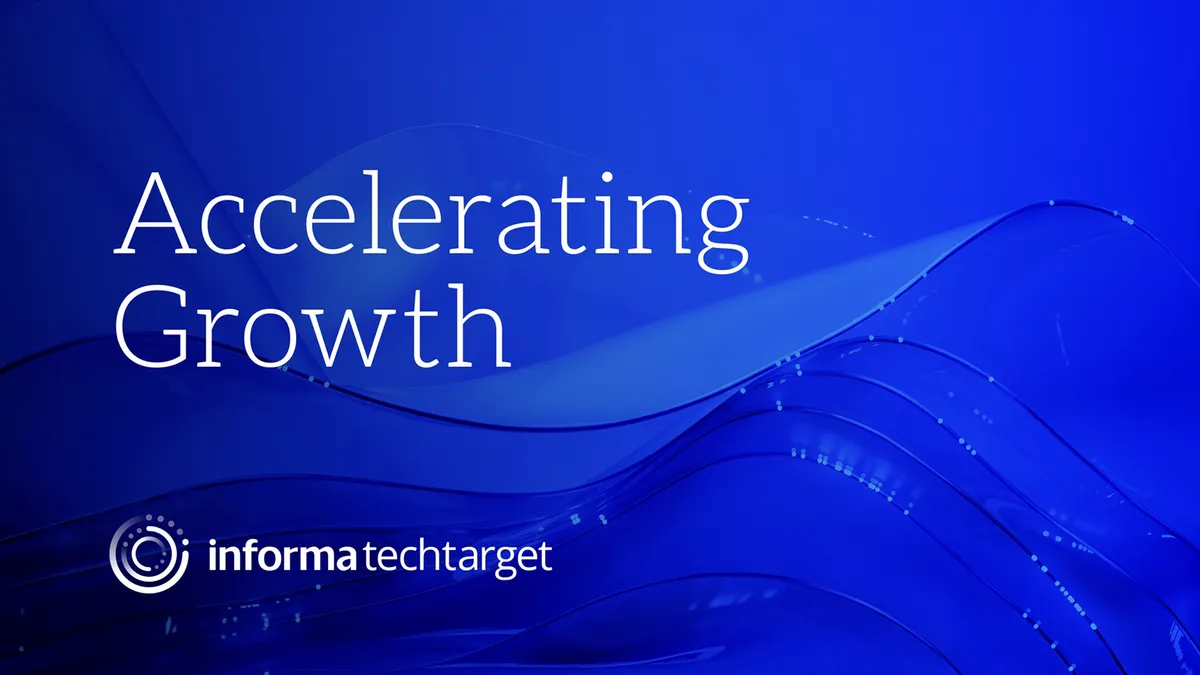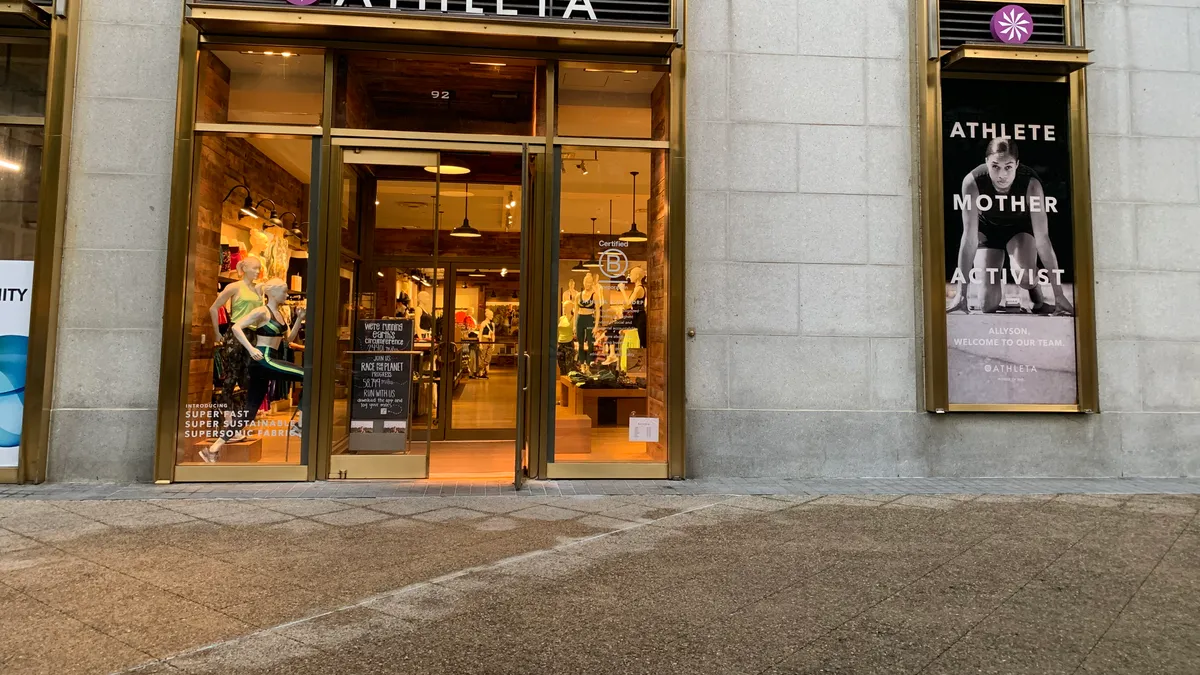Editor's note: The following is a guest post from Evan Schuman, president and editorial director of The Content Firm.
The most obvious truism about podcasts is that they're worthless if no one listens. And yet, a stunningly large percentage of the marketers who create B2B podcasts seem to ignore that reality and push out content that's a thinly veiled advertisement, a lovefest for the friendly interviewees or both.
Below are some tips that will help ensure your B2B podcast isn't just winning over the ears of listeners but also keeping that audience engaged through interviews that ask the tough questions while staying informative:
Getting in the audience mindset
When creating any kind of content — and podcasts are one of the purist forms of corporate content — you need to have an audience advocate in the room. Step one, of course, is deciding who the ideal audience is. That may seem obvious, but I've talked with plenty of marketers who stumble answering that basic question.
Without having a very specific audience in mind (Fortune 500 CISO? SMB supply chain exec? Aerospace or retail?), it's impossible to wisely choose topics, guests and venues. Once you decide who you are trying to attract (a.k.a. your audience), then you can start creating the ideas for the podcast.
That's where the audience advocate comes in. This advocate needs to understand those audience members and know what their issues and questions are. An IT Director needs to get into the technology behind the capabilities and what their security and training implications are. For the CFO, financial issues are paramount so make sure you're focusing on TCO (total cost of ownership) and ROI (return on investment).
Don't be afraid of tough talk
This brings us to the role of podcast moderator (aka the interviewer). Although I am partial to journalist moderators — us B2B scribes tend to know both the audience and the topic and have experience delivering probing interviews — the real requirement for a moderator is knowing your audience member (typically this is your prospect) and being able to ask the questions that they would ask if they could.
Does this mean challenging the guest? Well, if the guest is ducking a question, yes it does. If the audience identifies with and sides with your moderator ("She really is asking what I would ask if I was there"), your podcast will attract, retain and grow your audience.
Your biggest friend in attracting a B2B podcast audience is word-of-mouth. Not only is it far less expensive than other methods, but it's dramatically more persuasive and credible. If audience members believe this show is asking the right questions for them, you'll see CFOs recruiting other CFOs (who love social media) and supply chain VPs recruiting other supply chain VPs.
Moderators are not there just to be nice to the guests. A moderator asks the hard questions the audience would ask — and insists on answers.
But pushing for answers is only one part of the moderator's job. When the show is done properly, with the moderator knowing the topic and interviewee well, the podcast shouldn't sound like a formal interview.
An interview — rightly or wrongly — is widely seen as someone asking a bunch of questions and someone else answering them. There are many times when that approach is necessary. A B2B podcast isn't one of them.
Lines of questioning
When I do a podcast, I familiarize myself with the topic and the guest, but I usually prep only one question. It's the initial question, and it's generally very open-ended. For example: "You have argued that this strategy has to eventually fail. Why do you think that?"
After that, it's a conversation. The guest's first answer directly prompts the second question, and so on. Questions will be along the lines of "How? In what way?" Depending on those answers, the next question might be more challenging: "You're saying that this alternative approach would save money and be more effective. But didn't Company XYZ try exactly that approach six months ago and it imploded?"
The conversational approach truly lets the guest set the path, with the moderator questioning and probing along the way. Although this requires moderators to know the topic quite well — for instance, counter examples and the history of the space — they don’t need to be as much of an expert as the typical audience member. Still, moderators do have to be familiar enough to change course in real time if the interviewee’s answers warrant that.
A podcast where the interviewee just answers pre-arranged questions usually sounds rehearsed and non-compelling.
Clean up the audio
Something else to consider is post-production editing. Do yourself and your audience a favor — audiences pay back favors through the aforementioned word-of-mouth — and edit podcasts when needed.
Some of the most articulate and experienced executive speakers tend to say "y'know" and "um" and "uh" far more than they realize. And they'll start a sentence and change their mind mid-stream and say a different thought. Or they'll offer an idea that really should have been said two questions earlier.
On a 12-minute podcast, I'll typically do more than 100 edits. And the interviewee will never notice, until I play them back the original and point out all of the "y'knows" that were removed. No information is cut, but the speaker sounds better. The speaker appreciates this, of course, but far more importantly, the audience receives a better, cleaner listening experience. If a 180-second answer can be trimmed to 100 seconds with no loss of information, what's not to love?
The trick, of course, is careful editing so the cuts aren't detectable. Having a sentence that sounds edited is far worse than leaving in the "y'knows."
Keep it insightful
The big difference between B2B podcasts and B2C podcasts is that made B2C podcasts are all about entertaining the listener. B2B podcasts are about educating the user.
In short, your podcast is only as valuable as the quality of the information, insights and surprises it offers. Tell the listener something consistently surprising and insightful and you’ll pack in the listeners and subscribers every time.














